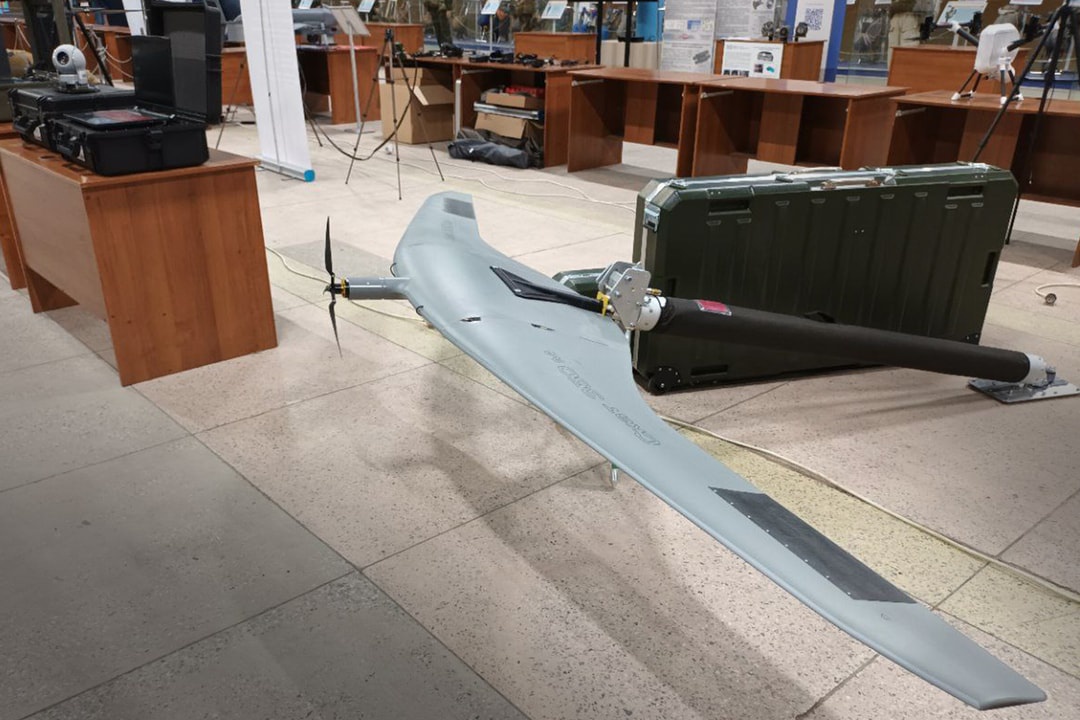Up
- АК-12
- АК-15
- АК-19
- АК-308
News and events

SKAT and Kolizey-RU Drones Showcased in Ryazan by Kalashnikov
19 April
Customer Receives Another Batch of Updated AK-12 Rifles from Kalashnikov
19 April
Albatross by Kalashnikov to Help Eradicate Weeds in Udmurtia
19 April
Kalashnikov Intends to Deliver Operational UAV Solutions to Russian Ministry of Construction This Year
18 April
Products of the Group
Kalashnikov Group
The flagship of the domestic shooting industry, it accounts for about 95% of the production of small arms in Russia.
Learn more about the Group